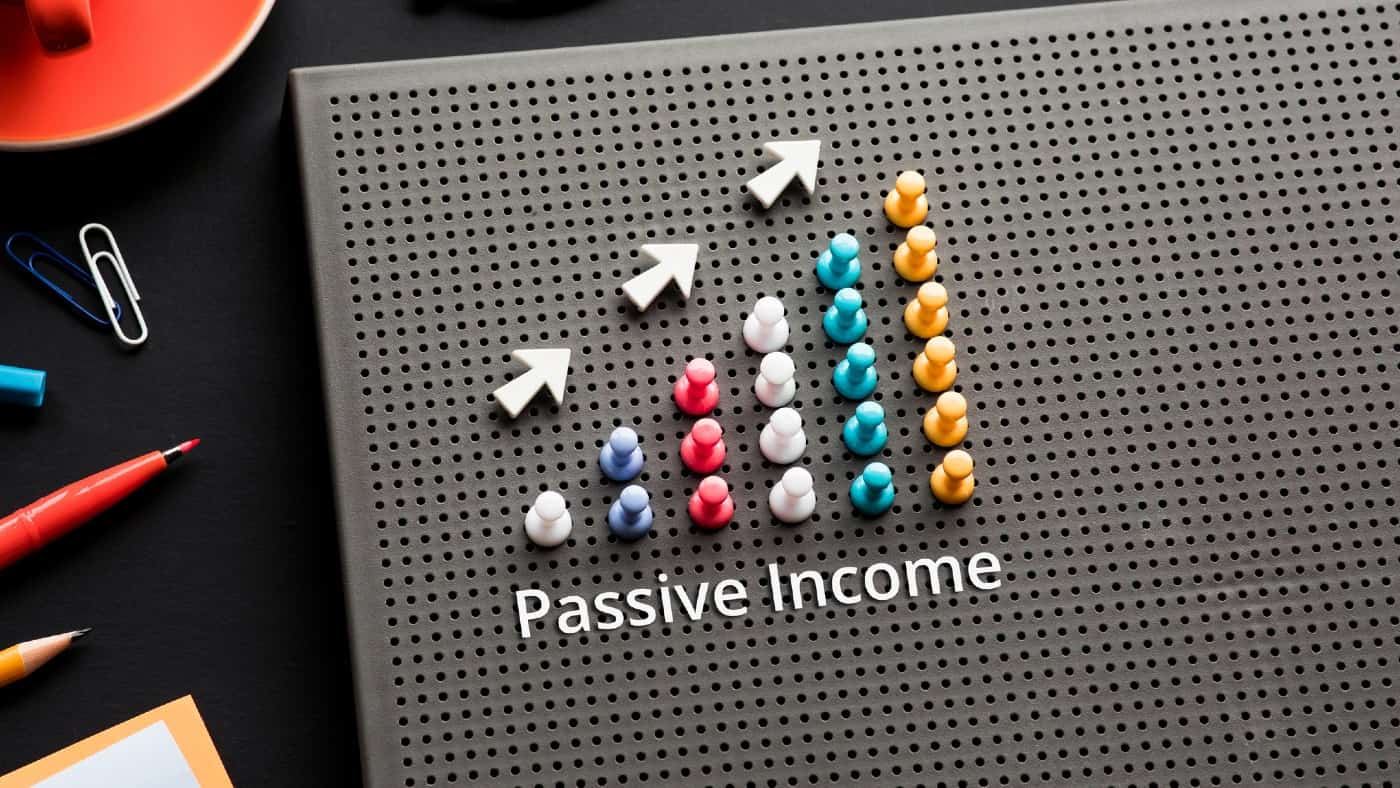Passive income is money made with minimal daily effort on the part of the investor. And as Warren Buffett said: “If you don’t find a way to make money while you sleep, you will work until you die.”
I’ve tried various methods to generate passive income, but the best one has been to buy high-dividend-paying shares. I started in my mid-20s and the earlier the better, in my view. This allows for the flattening out of any short-term shocks seen in the markets.
It also enables greater returns to be made through ‘dividend compounding’. This is the same principle as compound interest in bank accounts, but rather than interest being reinvested, dividend payments are.
Stock selection is key
All the stocks in my portfolio designed to maximise passive income have three key qualities.
First, they generate high yields.
Second, they look undervalued to me against their peers. This means there’s less chance of my passive income being wiped out by share price losses.
And third, they have businesses I think are growing stronger.
My current core passive-income portfolio is comprised of Phoenix Group Holdings, M&G, Legal & General, Aviva, British American Tobacco, and Imperial Brands.
They generate an average yield of around 9% a year at present.
New stock on my radar
I am seriously considering adding investment manager abrdn (LSE: ABDN) to this portfolio.
On my first selection criterion, its 2023 dividend was 14.6p. Based on the share price of £1.38, this gives a yield of 10.5% — so the ‘high yield’ box is ticked.
It also ticks the second box – looking very undervalued against its peers. On the key price-to-book (P/B) measurement of stock value, it trades at 0.5 — against a peer group average of 3.2.
Much of its share price fall automatically followed its demotion last year from the FTSE 100 to the FTSE 250. FTSE 100-only tracker funds had no choice but to sell their abrdn shares.
The company has embarked on a major restructuring, involving £150m in cost-cutting, aimed at being promoted again. This happened in 2022, whereupon the share price automatically jumped as FTSE 100-tracker funds bought it again.
It might not be promoted, of course, and it may be that its restructuring fails to deliver over the long term. Another risk is that it might be unable to attract new net inflows to its funds.
However, analysts’ expectations are that both its earnings and earnings per share will grow 55% a year to end-2026. So, this is the third of my boxes ticked.
How much can I make?
£9,500 invested now at an average yield of 10.5% would give me an investment pot of £27,024 after 10 years. This would pay me £2,683 a year, or £224 a month, in dividends.
Over 20 years on the same two criteria, the pot would be £76,873, paying me £7,631 a year, or £636 a month.
And over 30 years on the same basis, I would have £218,676. This would pay me £21,707 a year, or £1,809 each month, in passive income!
Inflation would lessen the buying power of that money, of course. But it goes to show what big income can result from much smaller investments.








